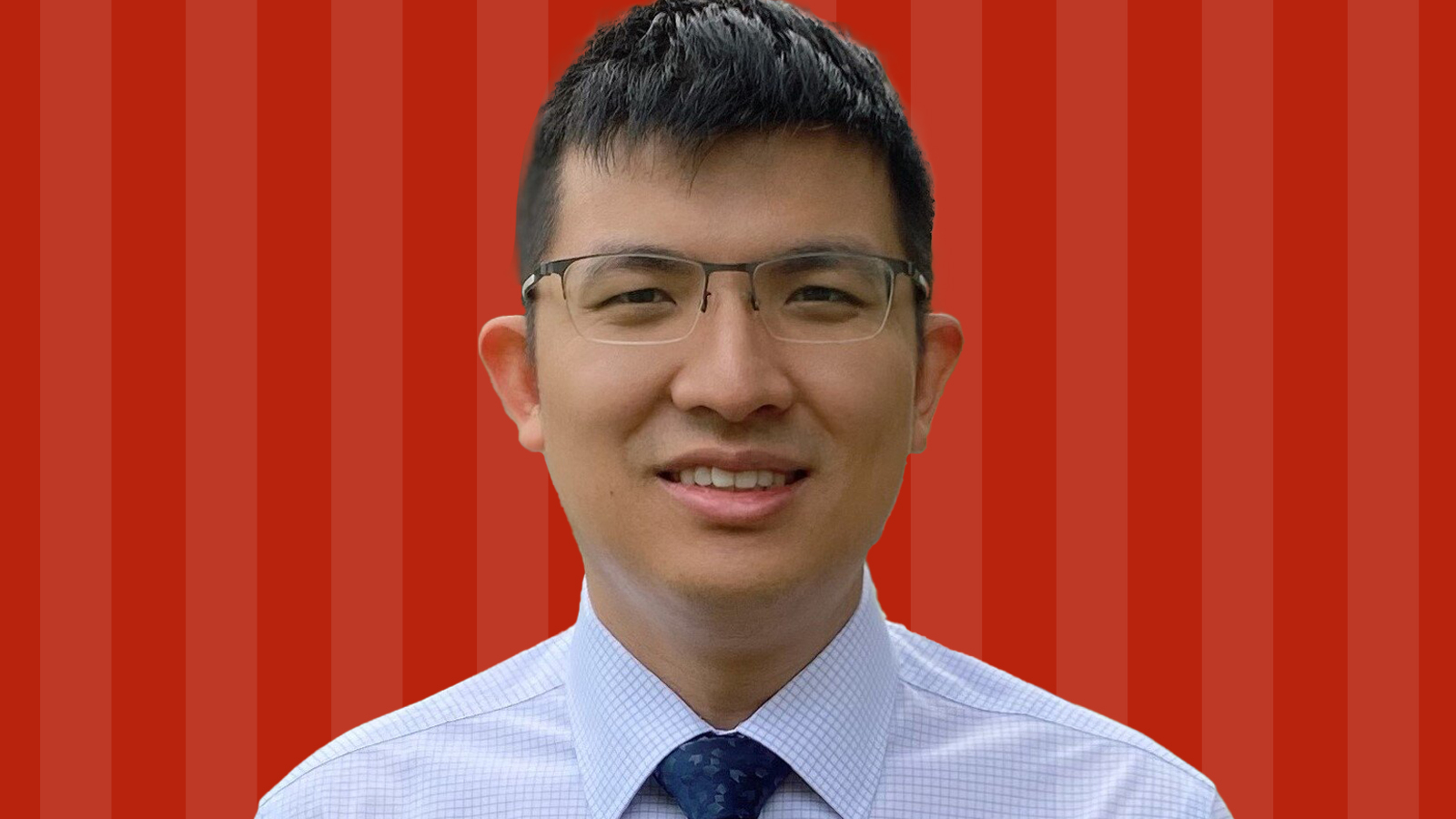Liang Feng: Creating Porous Materials for Enhanced Greenhouse Gas Reduction and Sustainable Energy Solutions
By Ken Kingery
New faculty member Liang Feng is engineering platforms to store gasses for climate and energy applications such as capturing carbon or fueling vehicles

Liang Feng will join the faculty of the Department of Mechanical Engineering and Materials Science in Duke University’s Pratt School of Engineering, beginning November 1. A rising figure in the fields of engineering highly porous materials and encapsulating high concentrations of gas molecules within them, Feng is designing new systems for storing carbon dioxide and hydrogen for climate- and energy-related applications.
While working as a postdoctoral researcher in the laboratory of Nobel laureate Fraser Stoddart, director of the Center for Chemistry of Integrated Systems at Northwestern University, Feng discovered the first fundamentally new adsorption mechanism since the 1930s. While absorption describes the transfer of particles into another material, like gases dissolving in water, adsorption is where particles adhere onto the surface of a substance.
“Unfolding the internal space of just one gram of these materials could cover the entirety of Wallace Wade Stadium. With just three kilograms of these substances, their internal surface could blanket our expansive Duke Forest. This gives a vivid sense of the enormous volume of gas molecules these materials are capable of storing.”
Liang Feng
Adsorption naturally occurs when particles of high density and high energy transition to surfaces of low density and low energy within a system, and it typically stops once an equilibrium is reached. Feng, however, devised artificial molecular machines that actively and continuously grab and store molecules onto surfaces at very high concentrations through a process he dubbed mechanisorption.
“This is a completely new discovery compared to traditional adsorption modes that have governed the industry and academia for one century,” Feng said. “It means that we can now employ renewable energy sources, like light and electricity, to propel molecules from areas of very low concentration. This mechanism will be essential over the coming years to many applications related to the environment and sustainability, such as the direct removal of carbon dioxide from the air or ocean.”
Feng is also an expert in designing highly porous materials with large internal surface areas using metal-organic frameworks (MOFs). Discovered in the 1990s, MOFs are created by linking organic and inorganic components by strong bonds. Based on the building blocks’ geometry, size and functionality, these materials assemble themselves in a specific pattern. Due to the high degree of flexibility in these parameters, more than 100,000 different MOFs have been reported and studied within the past few decades to handle molecules with high precision.
“Unfolding the internal space of just one gram of these materials could cover the entirety of Wallace Wade Stadium. With just three kilograms of these substances, their internal surface could blanket our expansive Duke Forest. This gives a vivid sense of the enormous volume of gas molecules these materials are capable of storing,” Feng said. “Typical porous rocks have pores that are enormous relative to gas molecules, on the order of 500 micrometers. In my lab, we fabricate materials with pores 25,000 times smaller at less than 20 nanometers, which prove to be crucial tools in tackling climate change.”
“It means that we can now employ renewable energy sources, like light and electricity, to propel molecules from areas of very low concentration. This mechanism will be essential over the coming years to many applications related to the environment and sustainability, such as the direct removal of carbon dioxide from the air or ocean.”
Liang Feng
Combining the two, Feng has the tools to develop new platforms that can store incredible amounts of gas molecules. With an eye toward environmental impact, he’s working to engineer functionalized materials that can, for example, store and release hydrogen for clean energy generation or capture carbon dioxide to curb its substantial contribution to rising temperatures.
Feng is joining the faculty at Duke, he says, because of the entire school’s devotion to solving problems related to climate change. Last year, for example, the school launched the Duke Climate Commitment, aiming all departments and resources toward combatting this critical challenge.
Thanks in part to this focus, there is no shortage of colleagues at Duke that he could collaborate with. Jie Liu, the George B. Geller Professor of Chemistry, for example, is working on processes to convert carbon dioxide trapped by systems like Feng’s into methane. And Duke Engineering has a robust group using machine learning and computer simulations to predict recipes for new types of materials—an effort Feng has dabbled in as well.
The Research Triangle area is also a hotbed of activity for university-based startup companies and even boasts a couple of startups that recently won the $1M first phase of the $100M XPRIZE Carbon Removal program.
“I plan on moving my new materials and adsorption processes from the lab to the market in the next few years,” Feng said. “And Duke and the Triangle are super exciting environments to do that.”
